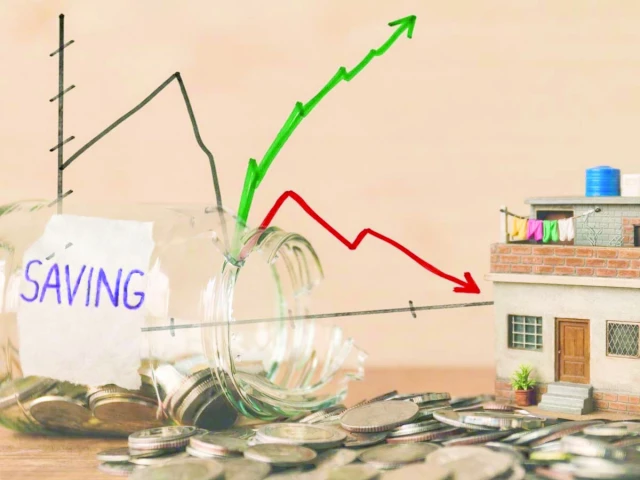Published in Dawn, October 02, 2021
FITCH’S downward revision of its forecast for the rupee illustrates that the global rating agency doesn’t expect the economic and geopolitical factors that are putting pressure on the home currency to dissipate soon.
Citing factors such as the worsening trade balance, a tighter US monetary policy, higher structural inflation and the increased outflow of dollars to Afghanistan, it has projected the rupee to weaken to an average of 164 to the dollar this year, compared to the previous projection of 158, and to 180 versus the earlier forecast of 165 in 2022. Add to this the US Senate bill seeking sanctions on Pakistan and we get a declining stock market.
With the KSE-100 index losing 12pc value in dollar terms, the PSX has recently experienced its worst moments since April 2020. The stock market doesn’t affect the economic fundamentals the way the falling rupee does. But its decline adds to the economic gloom.
Pakistan’s exchange rate has already deteriorated by around 12pc since early May in response to the escalating current account deficit as the government pushed its expansive monetary and fiscal policies more aggressively for achieving brisk economic growth, fuelling domestic demand and imports. A weakening currency doesn’t only push up energy and food prices at the expense of the low-middle-income households, it also generates economic uncertainties.
The good news is that the rupee is finally receiving some help from the government and State Bank in the form of measures to curb imports of non-essential and luxury goods to control the current account deficit and price inflation. The government is reportedly also preparing a plan to ban the export of perishable commodities for the same reasons. But these ad hoc actions aimed at firefighting the emerging vulnerabilities and avoiding an immediate external-sector crisis should not deflect policymakers’ attention from the structural factors behind the decline of the home currency.
Pakistan has been unable to boost its exports, increase industrial and agricultural productivity, develop sustainable domestic energy sources and implement long-outstanding governance reforms. This means that the rising global commodity prices will continue to put pressure on the current account and the rupee as is happening now.
The government must come up with long-term solutions to the exchange rate volatility and bridge the gap between inflation rates in Pakistan and its trading partners. Until then, we can only hope for a less precipitous currency decline, one that would not harm the economy.





